How to Make a Juicy Thanksgiving Turkey
Thanksgiving wouldn't be complete without a perfectly roasted turkey, its skin golden brown and crispy, its meat succulent and juicy. But achieving that Thanksgiving turkey nirvana can feel daunting. Fear not, aspiring chefs! This comprehensive guide will equip you with the knowledge and techniques to roast a turkey that will have your guests clamoring for seconds.
1. Choosing Your Turkey:
The journey to a juicy turkey begins with selecting the right bird.
Fresh vs. Frozen: Fresh turkeys offer superior flavor, but require more planning as they need to be thawed in the refrigerator (allow 24 hours for every 5 pounds). Frozen turkeys are convenient but require ample thawing time (see thawing instructions on packaging).
Size Matters: Aim for 1 to 1.5 pounds of turkey per person to ensure enough leftovers.
Look for Quality: Choose a turkey with plump, firm flesh and no discoloration.
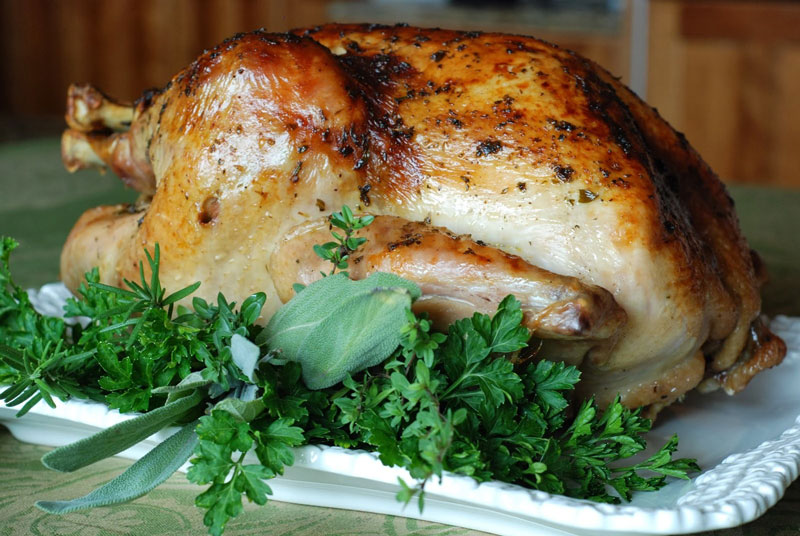
2. The Brining Debate:
Brining, soaking the turkey in a saltwater solution, is a hotly debated topic.
Pros: Brining adds moisture and flavor, resulting in a juicier and more flavorful turkey.
Cons: Brining can dilute the turkey's natural flavor and requires extra time and space.
If you choose to brine:
Basic Brine Recipe: Dissolve 1 cup kosher salt and 1/2 cup sugar in 1 gallon of cold water. Add aromatics like herbs, garlic, and peppercorns for extra flavor.
Brining Time: Submerge the turkey in the brine for 12-24 hours in the refrigerator.
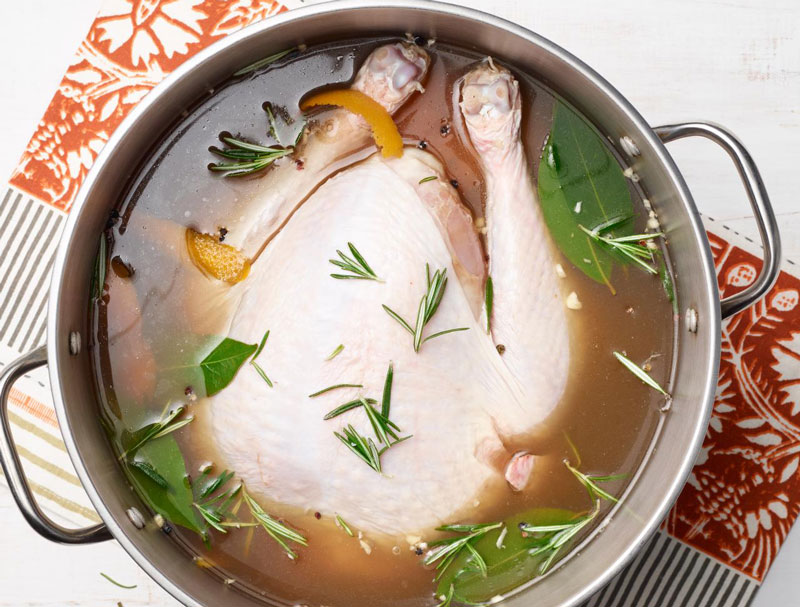
3. Prepping the Turkey:
Remove Giblets: Check both the neck and body cavities for the giblet package.
Pat Dry: Thoroughly pat the turkey dry with paper towels to ensure crispy skin.
Season Generously: Season the turkey inside and out with salt, pepper, and your favorite herbs and spices.
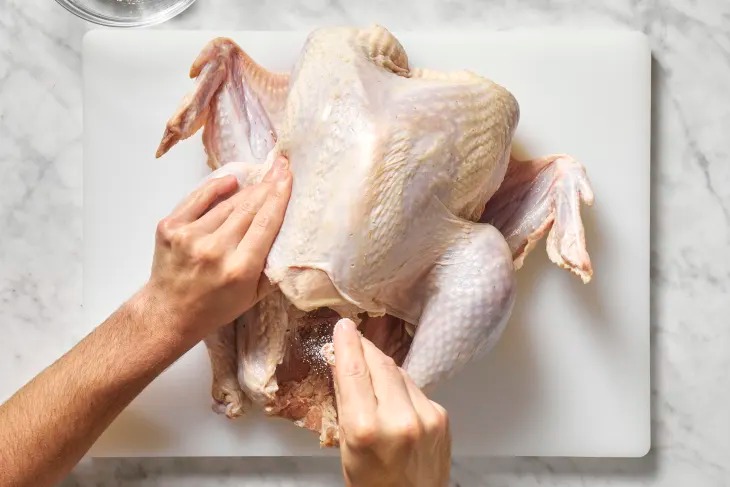
4. Roasting Techniques:
Oven Temperature: Roast at 325°F (163°C) for a consistently cooked turkey.
Roasting Pan: Use a roasting pan with a rack to elevate the turkey and allow for even cooking.
Basting: Baste the turkey every 30 minutes with pan drippings or melted butter to keep it moist and enhance flavor.
Tent with Foil: Tent the turkey loosely with aluminum foil for the first two-thirds of the roasting time to prevent over-browning.
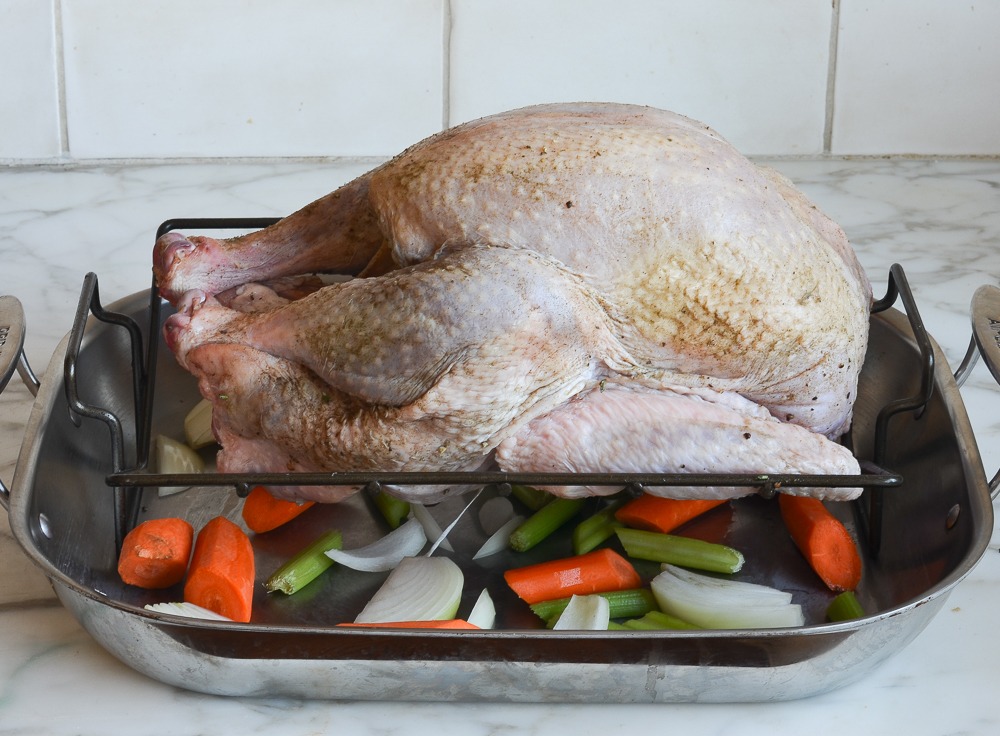
5. Determining Doneness:
Thermometer is Key: Use a meat thermometer inserted into the thickest part of the thigh (avoiding the bone) to ensure the turkey reaches an internal temperature of 165°F (74°C).
Juices Run Clear: When pierced with a fork, the juices should run clear, not pink.
6. Resting is Crucial:
Let it Rest: Allow the turkey to rest for at least 20-30 minutes after roasting. This allows the juices to redistribute, resulting in a more tender and flavorful turkey.
7. Carving Techniques:
Sharp Knife: Use a sharp carving knife to ensure clean cuts.
Remove Legs and Wings: Separate the legs and wings from the body.
Slice Breast Meat: Slice the breast meat against the grain for maximum tenderness.
Bonus Tips for a Show-Stopping Turkey:
Herb Butter Under the Skin: Rub softened herb butter under the skin of the breast for added flavor and moisture.
Stuffing Alternatives: Consider cooking stuffing separately to ensure even cooking and prevent foodborne illness.
Gravy Magic: Use the pan drippings to make a delicious gravy.
Troubleshooting Common Turkey Problems:
Dry Turkey: Ensure proper brining, basting, and resting time.
Undercooked Turkey: Use a meat thermometer to ensure the turkey reaches a safe internal temperature.
Burnt Skin: Tent the turkey with foil during roasting to prevent over-browning.
Conclusion:
Roasting a juicy Thanksgiving turkey is a rewarding culinary endeavor. By following these tips and techniques, you can confidently create a centerpiece that will impress your guests and become a cherished Thanksgiving tradition. Remember, practice makes perfect, so don't be afraid to experiment and find what works best for you. Happy Thanksgiving!
Must-Read Blogs For Chain Restaurants Owner

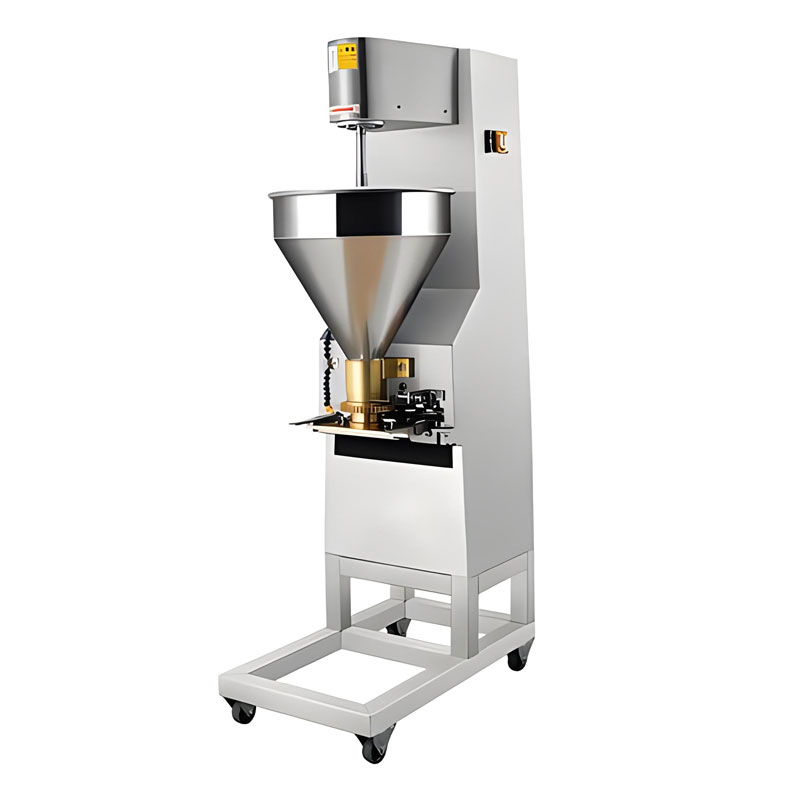
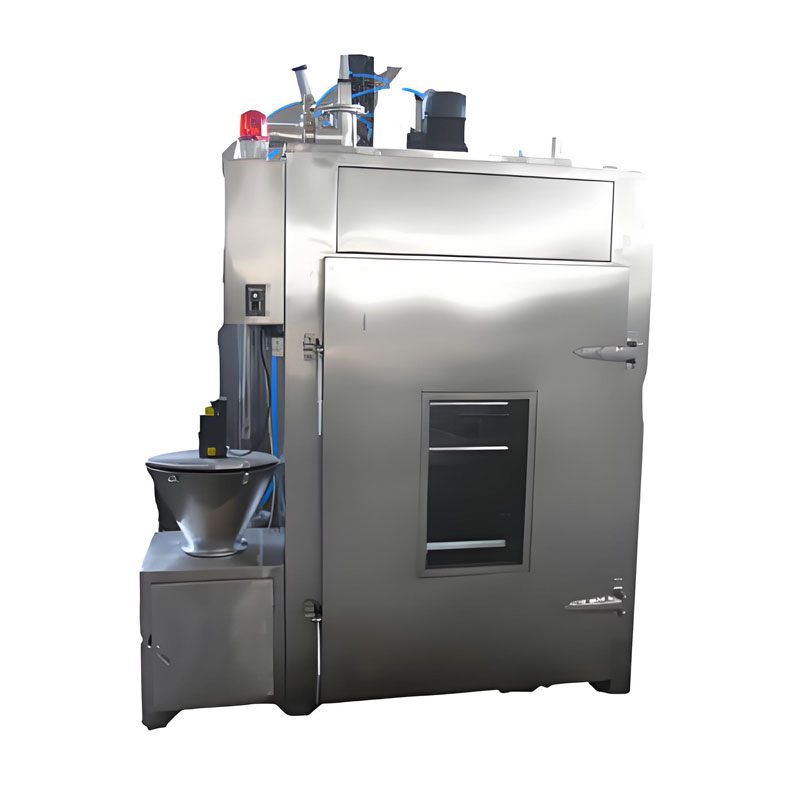
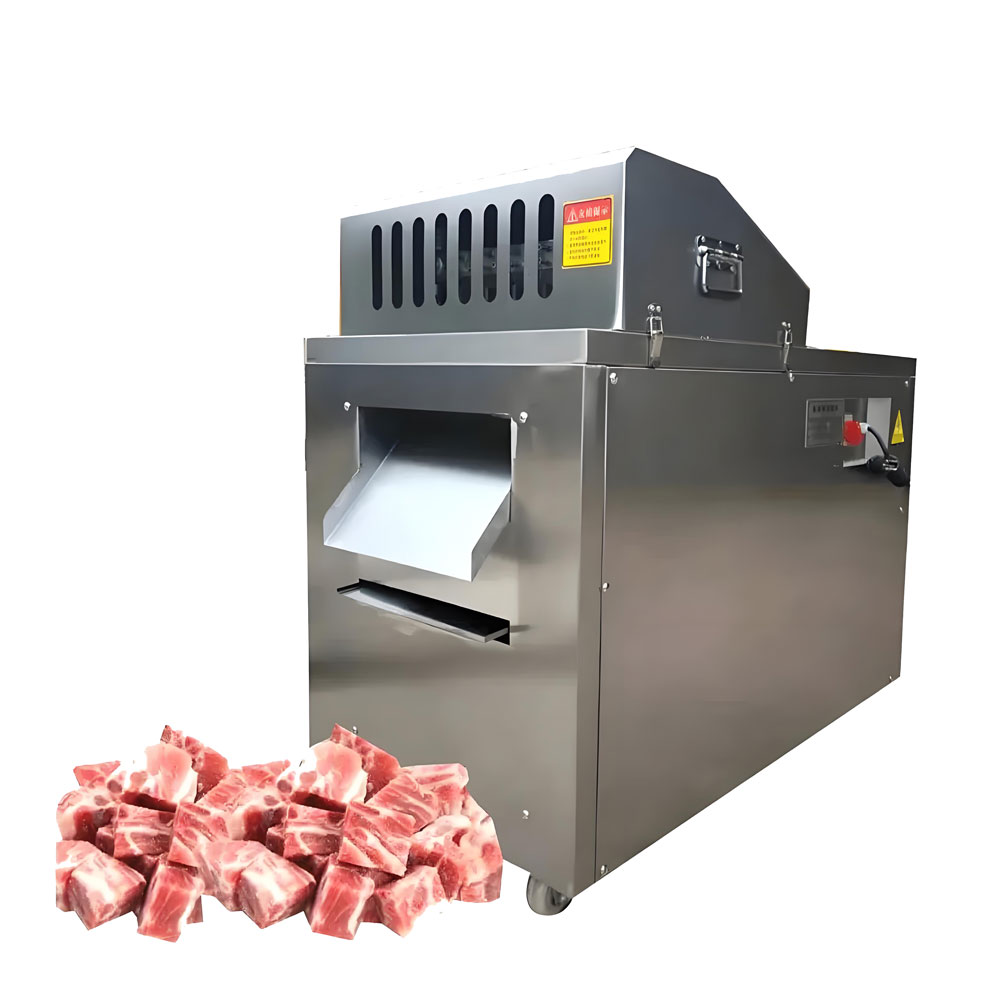
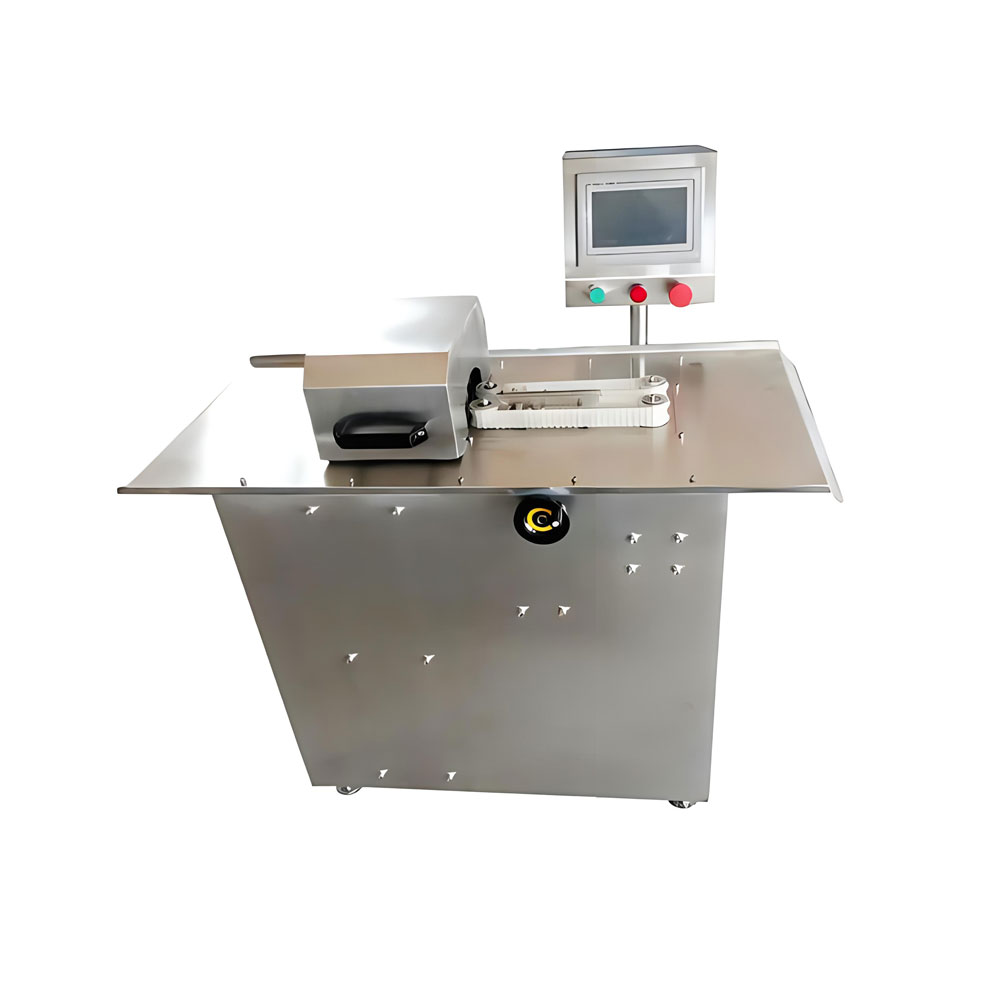
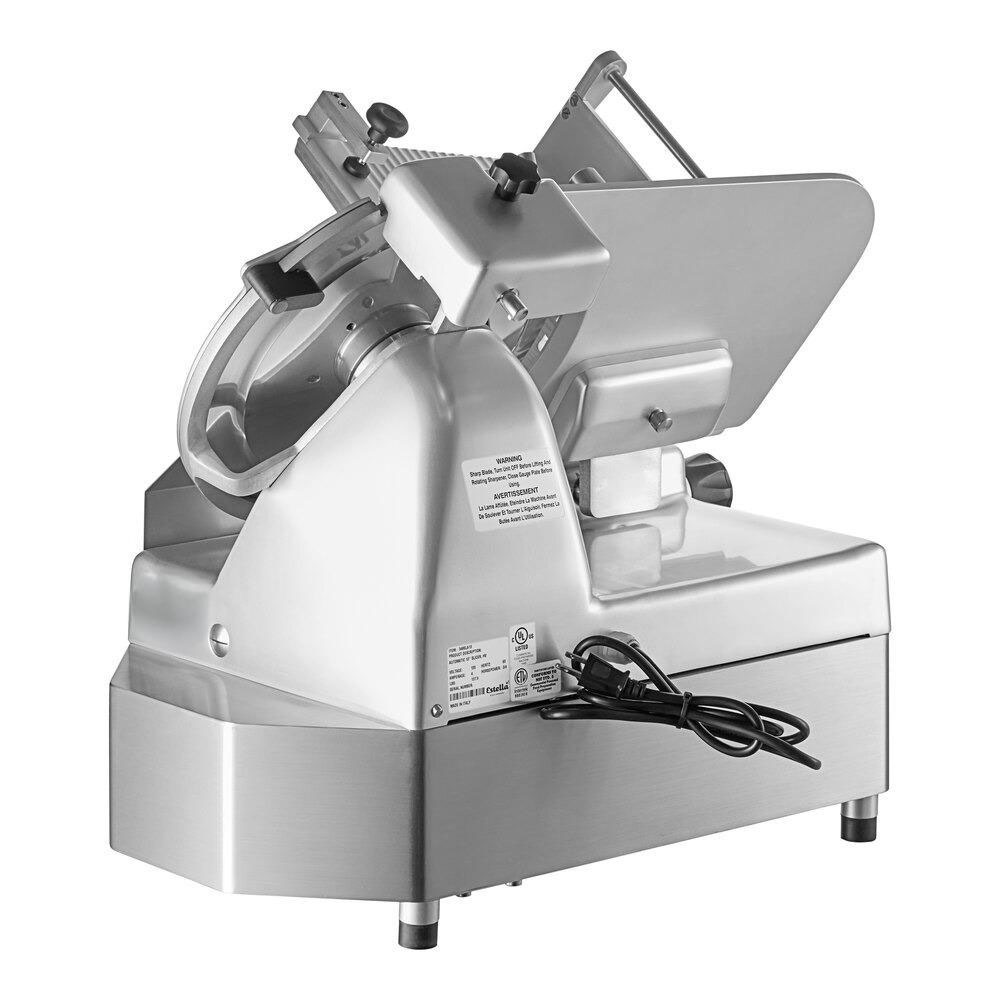
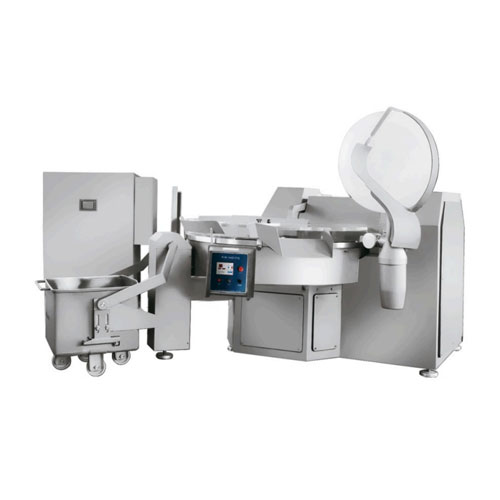
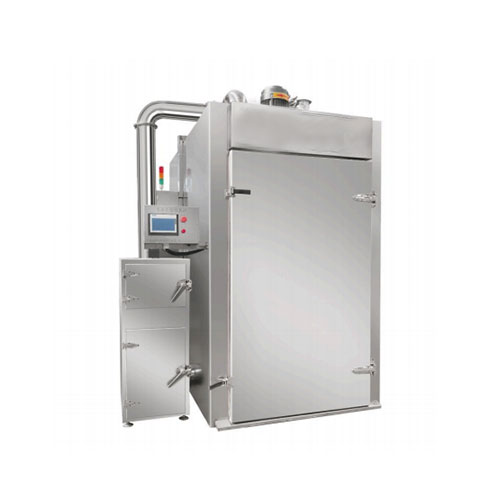
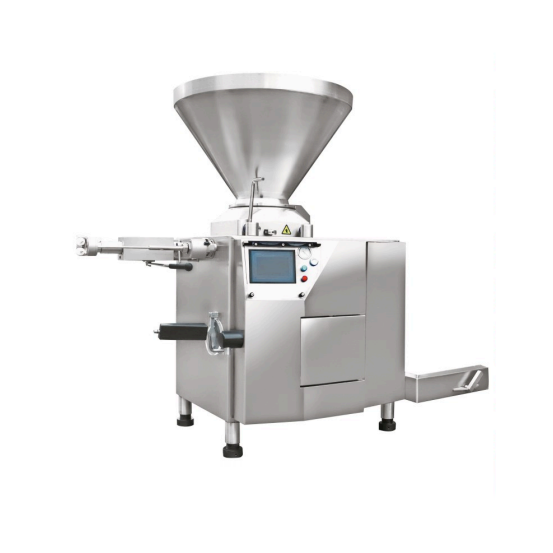
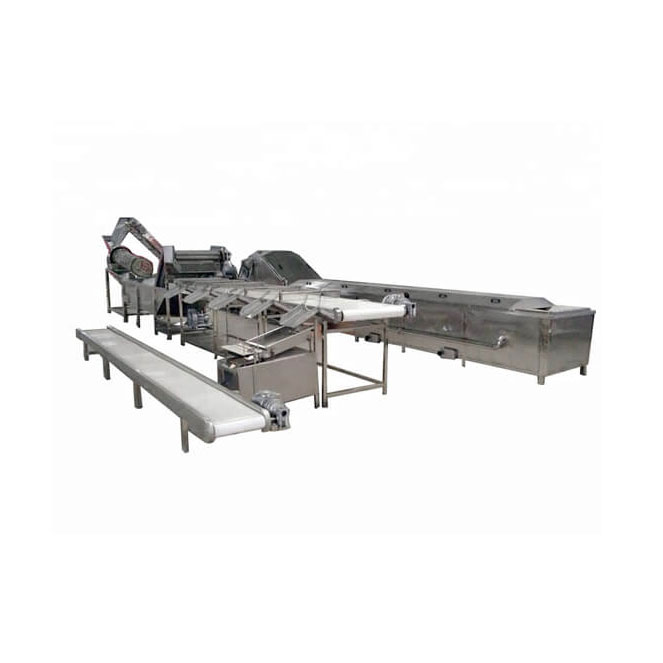
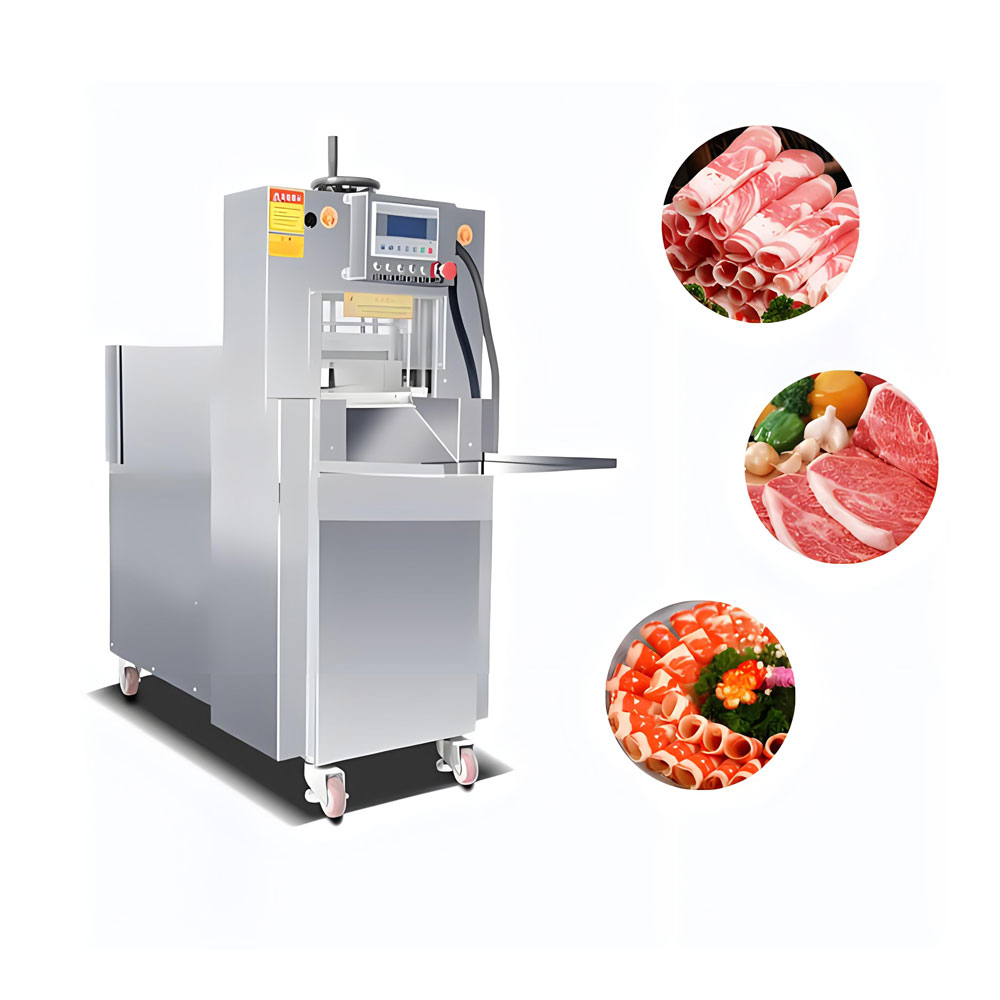
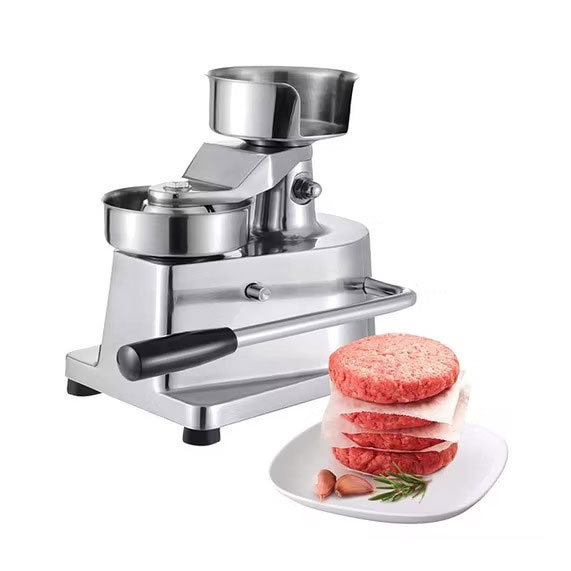 Meat Pie Maker Machine
Meat Pie Maker Machine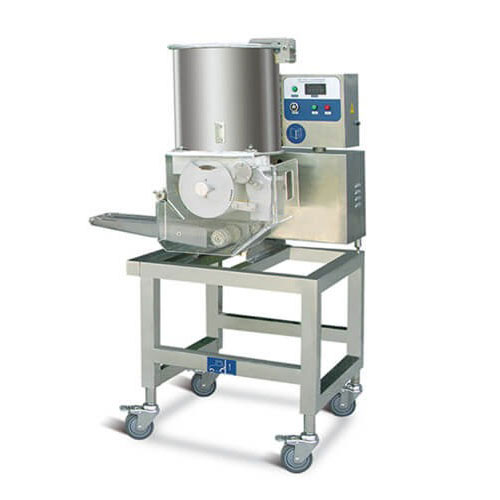 Patty Maker Machine
Patty Maker Machine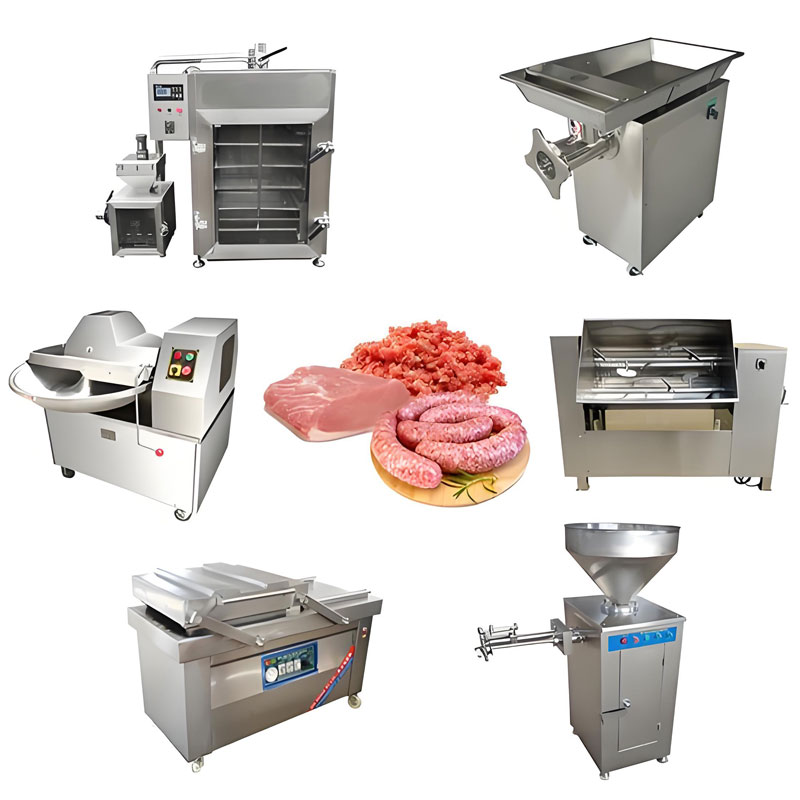 Sausage Stuffer Machine
Sausage Stuffer Machine
Ready to Get Started?